- 25% Off All Wall Art
- Ends in 23h:15m
Cat Art Prints and Posters
Purrr-fect Cat Prints 😻
All Cat Art Prints and Posters
From $22$16
From $24$18
From $20$15
From $24$18
From $43$32
From $23$17
From $22$16
From $23$17
From $20$15
From $27$20
From $20$15
From $22$16
From $27$20
From $20$15
From $24$18
From $20$15
From $21$16
From $27$20
From $22$16
From $24$18
From $20$15
From $24$18
From $25$19
From $22$16
From $22$16
From $23$17
From $24$18
From $22$16
From $25$19
From $24$18
From $20$15
From $22$16
From $24$18
From $20$15
From $22$16
From $20$15
From $23$17
From $24$18
From $22$16
From $22$16
From $22$16
From $22$16
From $27$20
From $20$15
From $53$40
From $18$13
From $21$16
From $22$16
From $25$19
From $22$16
From $25$19
From $22$16
From $20$15
From $22$16
From $27$20
From $24$18
From $20$15
From $20$15
From $24$18
From $20$15
From $24$18
From $20$15
From $24$18
From $22$16
From $27$20
From $22$16
From $22$16
From $20$15
From $24$18
From $23$17
From $23$17
From $24$18
Looking for something different?
Explore related searches
Hear from our Cat Art Prints and Posters customers
4.8 (4,746)
Emeka V.
Verified purchase · 04 Mar 2024
Joan U.
Verified purchase · 03 Mar 2024
Dylan O.
Verified purchase · 29 Feb 2024
Frequently asked questions




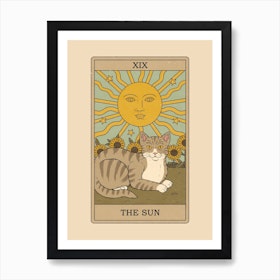













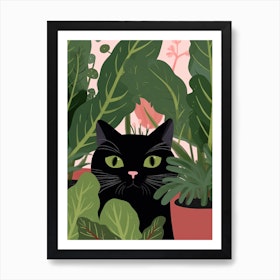











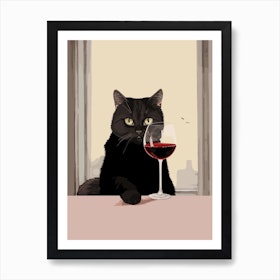




















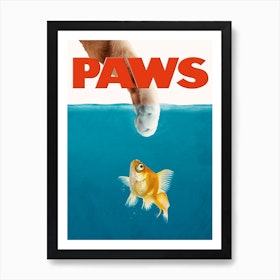


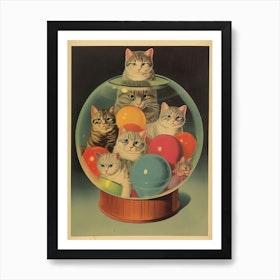


























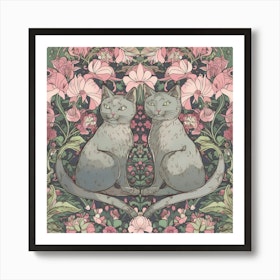


















 Cat
Cat Tiger
Tiger Animal
Animal Chat Noir
Chat Noir Old Cat
Old Cat Japanese Cat
Japanese Cat Renaissance Cat
Renaissance Cat Pet
Pet Louis Wain
Louis Wain





